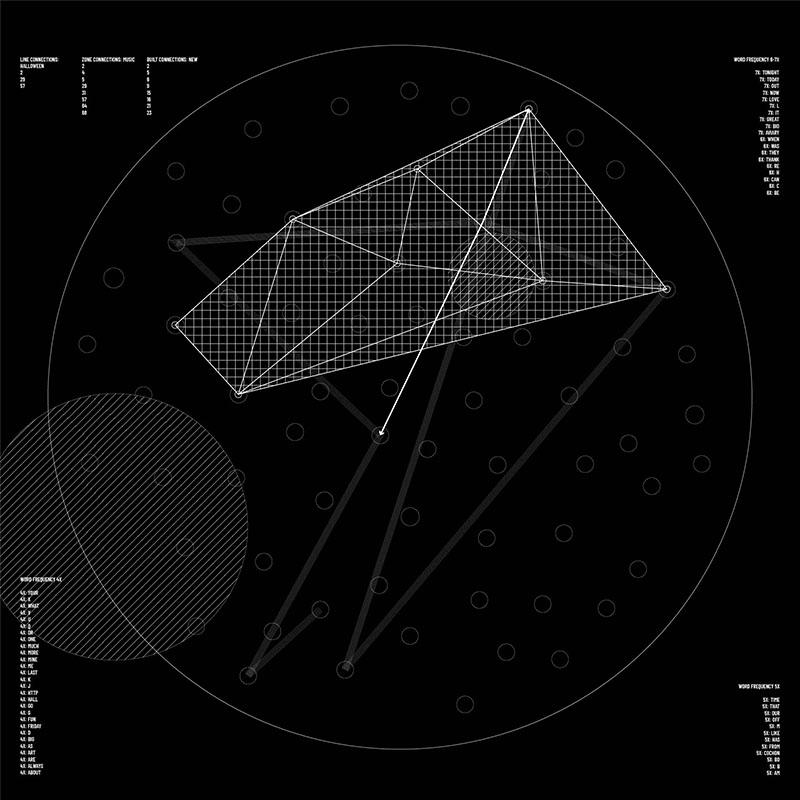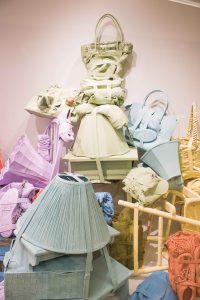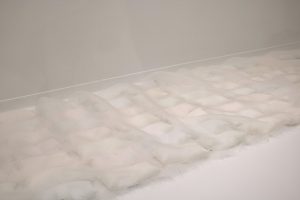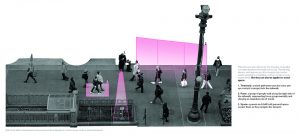Heidi Metcalf is a designer, questioner, and self-proclaimed wearer of many hats based in Chicago-land. Since receiving her Bachelor of Science in Architecture degree with a minor in Digital Media from Ball State University in Muncie, Indiana, Heidi has lived and worked in DC, San Francisco, and Chicago. Working on projects that span various typologies, her work touches each aspect of the essential human experience of live, work, play, and learn.
Heidi seeks to investigate space at a variety of scales. Her academic works have revolved around possible designed interpretations of global stakeholders for national institutions, the relationship of architecture and forced migration, challenging Chicago’s invisible urban boundaries, and the implications of craft on design. These works, and four years within the architectural profession, have led Heidi to confront commonly accepted over-generalizations, industry standards, and redundant concepts by approaching each project through research and understanding at a personal level.
Heidi’s graduate thesis project, exhibited in the 2019 Design Show, leverages data and architecture in opposition to the notion that cultural institutions are the primary architectural accommodation for documenting, curating, and archiving culture. This work engages personal data generated by people in self-published, self-curated, mediated, and adaptive digital spaces. When data architects, users’ appropriations of space and creation of culture are no longer ignored but celebrated.
Interrogating the cultural architecture of Chicago, the work examines eight community situated sites: one in each of Chicago’s planning districts with an extra representing the loop. Tweets and Instagram posts within a one-mile radius for a specified duration of time bridge the gap between architectural research and spatial conceptualization. The site plan reaches beyond streets, buildings, and trees, informing the designer of the actual user experience. The program expands alongside required areas and spatial adjacencies and achieves authentic user-focused connections. Thus the resulting concept embraces a digital and physical context for the design of a more cultural architecture.










